“How do you decode emotions in text messages?”
Text messages can often be very confusing. It can be especially challenging to understand emotions when we communicate through text messages. With the lack of facial expressions and body language, we can often misinterpret the intended message and tone resulting in disastrous misunderstandings. Text messages potentially limit the ability to understand the intentions and feelings of the writer. There are some methods to help you recognize emotions in text messages. So how can we read emotions in texts? Let’s find out.
“What is a moderate interpretation of the text? Halfway between what it really means and what you’d like it to mean?” – Antonin Scalia
It’s easy when people say they are angry or sad or excited, or if they tack an emoji to the end of a text. But when they don’t? Given that even face-to-face communication can be confusing, it should not surprise us that truncated, dashed-off text messages can result in disastrous misunderstandings.
In the age of technology, we not only need to decode in-person interactions, but we also need to decode textual transmissions.
How do we know what a person is feeling when we can’t see their faces or body language? Here are six tips to help you better decode emotions in text messages, or at least prevent yourself from jumping to conclusions based on scant evidence.
1. Assume good intentions
In general, text messages are short. We have very little information to work with. A smiley face or series of exclamation points can help assure us that the text is meant to express positive emotion, but texts do not always include these extra emotion indicators. Our friends’ busy schedules lead to abrupt messages, and our partner’s playful sarcasm isn’t always read as playful.
Keep in mind that texts are a difficult medium for communicating emotion. We have no facial expressions or tone of voice, or conversation to give us more information.
If the text doesn’t say, “I’m angry,” then don’t assume that the texter is angry. We are better off reading texts with the assumption that the texter has good intentions. Otherwise, we may end up in lots of unnecessary arguments.
“Texting is a fundamentally sneaky form of communication, which we should despise, but it is such a boon we don’t care. We are all sneaks now.” – Lynne Truss
2. Cultivate awareness of unconscious biases
In my research, I have had to train numerous teams of emotion coders. But even trained coders who meet weekly to discuss discrepancies don’t agree on which emotion (or how much emotion) is being expressed. People just do not see emotions in the same way. We have unconscious biases that lead us to draw different conclusions based on the same information.
For example, every time I lead a coding team I am reminded that males and females often differ in how they interpret others’ emotions. If Bob writes: “My wife missed our 10-year anniversary,” men may think Bob is angry, while women may think Bob is sad.
I don’t presume to know exactly why this is, but I can say confidently that our emotion-detection skills are affected by characteristics about us. When it comes to detecting emotion in texts, try to remember that our unconscious biases affect our interpretations. The emotions we detect may be reflective of things about us just as much as they are reflective of the information in the text.
Read: Why Leaning Into Your Uncomfortable Emotions Actually Makes You Happier
3. Explore the emotional undertones of the words themselves
The words people use often have emotional undertones. Think about some common words—words like love, hate, wonderful, hard, work, explore, or kitten.
If a text reads, “I love this wonderful kitten,” we can easily conclude that it is expressing positive emotions. If a text reads, “I hate this hard work,” that seems pretty negative. But, if a text reads, “This wonderful kitten is hard work,” what emotion do we think is being expressed?
One approach to detecting emotions when they appear to be mixed is to use the “bag-of-words” method. This just means that we look at each word separately. How positive are the words “kitten” and “wonderful”? And how negative are the words “hard” and “work”? By looking at how positive and negative each word is, we may be able to figure out the predominant emotion the texter is trying to express. Give this bag-of-words method a try when you are having a hard time figuring out the emotion in a text.
“Texting is very loose in its structure. No one thinks about capital letters or punctuation when one texts, but then again, do you think about those things when you talk?” – John H. McWhorter
4. Don’t assume you know how a person feels
Text messages aren’t just short. They’re also incomplete.
With text messages, we are pretty much guaranteed to be missing information. When we read a text, we can’t help but try to fill in the gaps with the information we do have. We automatically start thinking about how we would feel in the situation the texter is describing.
Unfortunately, there are huge individual differences in how people feel in any given situation. For example, if I grew up in poverty, earning $30 per hour might make me feel pretty darn good; but if I used to be a CEO at a Fortune 500 company, $30 per hour might make me feel dissatisfied or even depressed. Similarly, if I am an athlete, playing sports likely makes me happy; if I am a klutz, playing sports might be really frustrating.
The emotions that emerge in a given context are highly dependent on our unique perspectives and experiences; this makes it very difficult for us to guess how someone else is feeling. Always ask yourself: are you drawing conclusions based on emotional information provided by the other person or are you making assumptions based solely on how you would feel in the same situation?
Read: 12 Uncomfortable Feelings That Indicate You Are on the Right Track
5. Explore your theory of emotion
Academics are not the only ones with a theory of emotion; everyone has a theory of emotion, even you. In other words, we all have an idea about where emotions come from and what they mean. It might help to consciously explore your own (possibly unconscious) assumptions about how emotions work. Do you think feelings like anger and sadness are discrete and separable from each other? Or do you think they can mix together?
Research suggests we do tend to experience a greater amount of discrete emotions, like fear, in response to specific environmental triggers, like encountering a bear in the forest. That being said, the research also shows that when we are feeling one negative emotion, we are much more likely to be feeling all the other negative emotions as well. This evidence has important implications for interpreting emotions in texts. If you’ve successfully detected that a person is feeling sad, you can be almost certain that they are also feeling anxious or angry.
“There is a fine line between reading a message from the text and reading one into the text.” – John Corvino
6. Seek out more information
If you used the first five tips and are still unclear about what emotion is in a text, seek out more information. In an example above, Bob’s wife missed their 10-year anniversary. What if you asked Bob to tell you more? Bob might tell you that his wife died, and that is why she missed their anniversary. Suddenly, we may believe that Bob is feeling more sadness than anger. The bottom line is that you should try to avoid guessing. You need to ask questions, be empathetic, and try to see the world through the other person’s point of view.
We communicate emotions mostly through our words, body language, facial expressions, and written texts. Without these modes of communication, it can be highly difficult for us to express ourselves or to interact with others. As text messages can convey a thousand feelings, it is crucial that you decode the intended message properly. Once you follow the above-mentioned tips, it will be a lot easier for you to understand and even communicate emotions through plain texting.
Written by Dr. Tchiki Davis Originally appeared on Berkeley Well-Being Institute



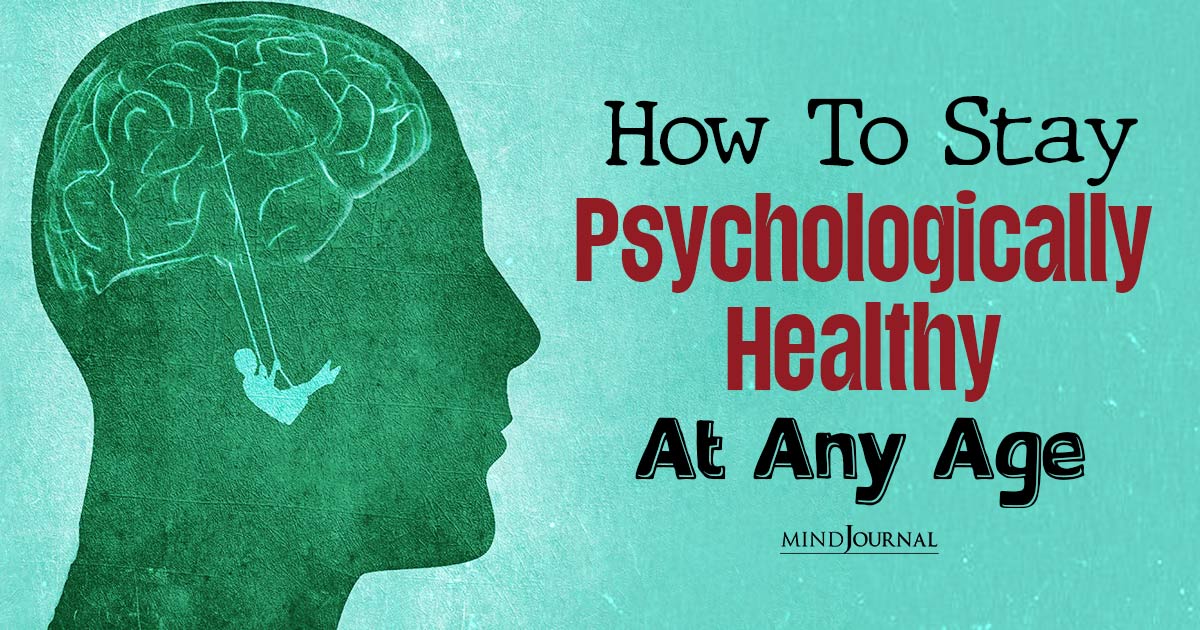
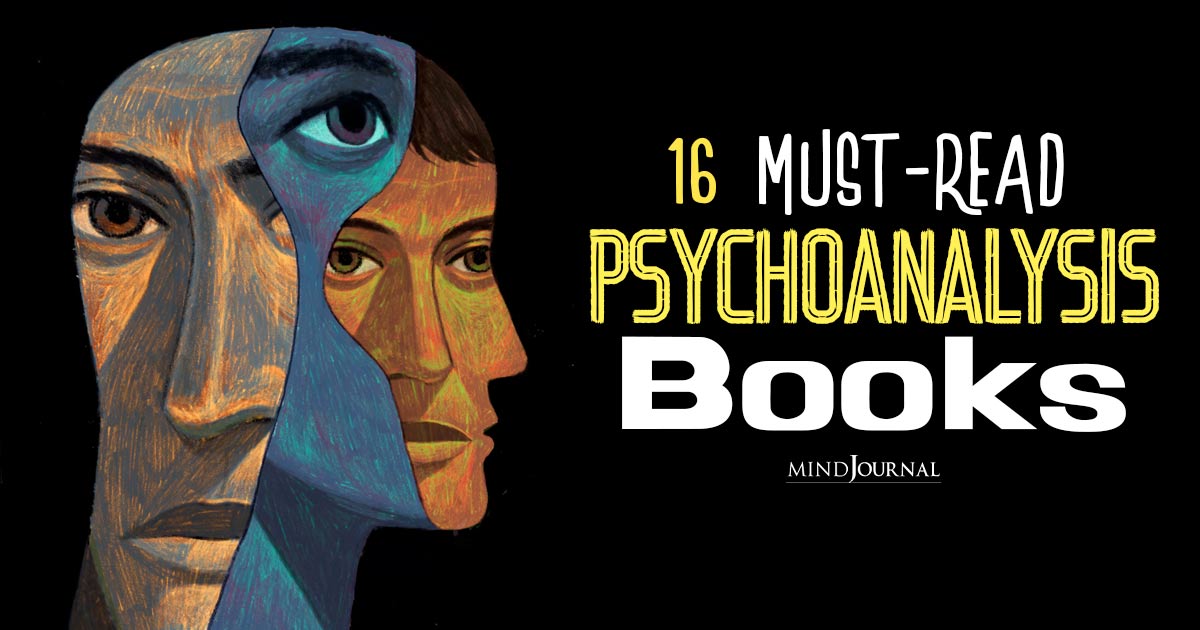
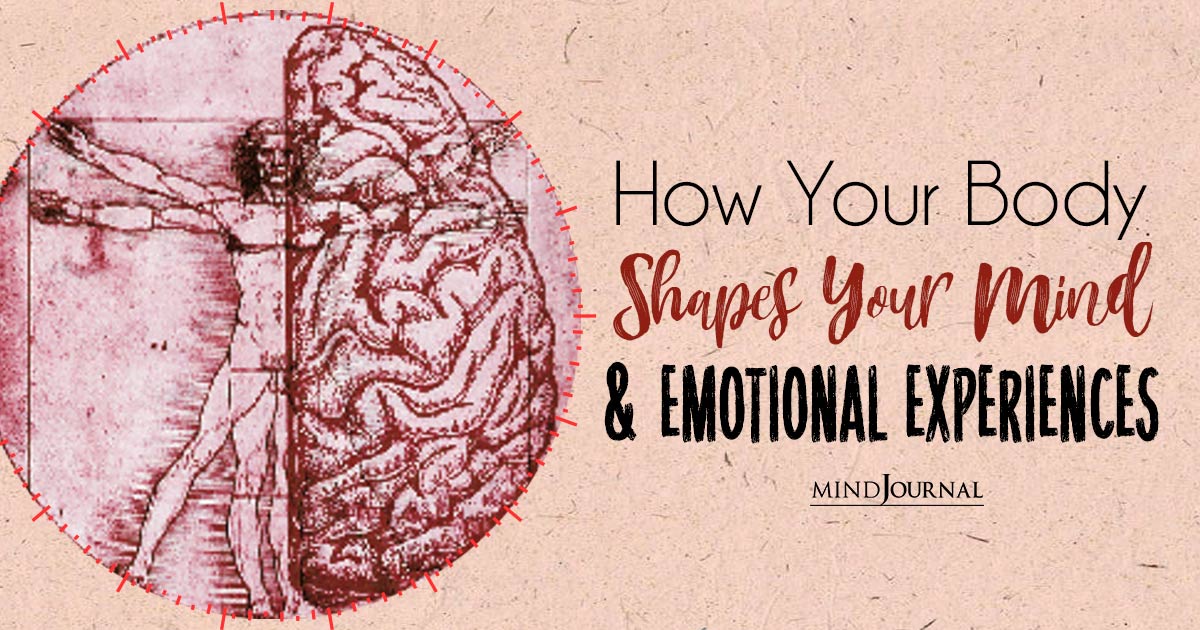
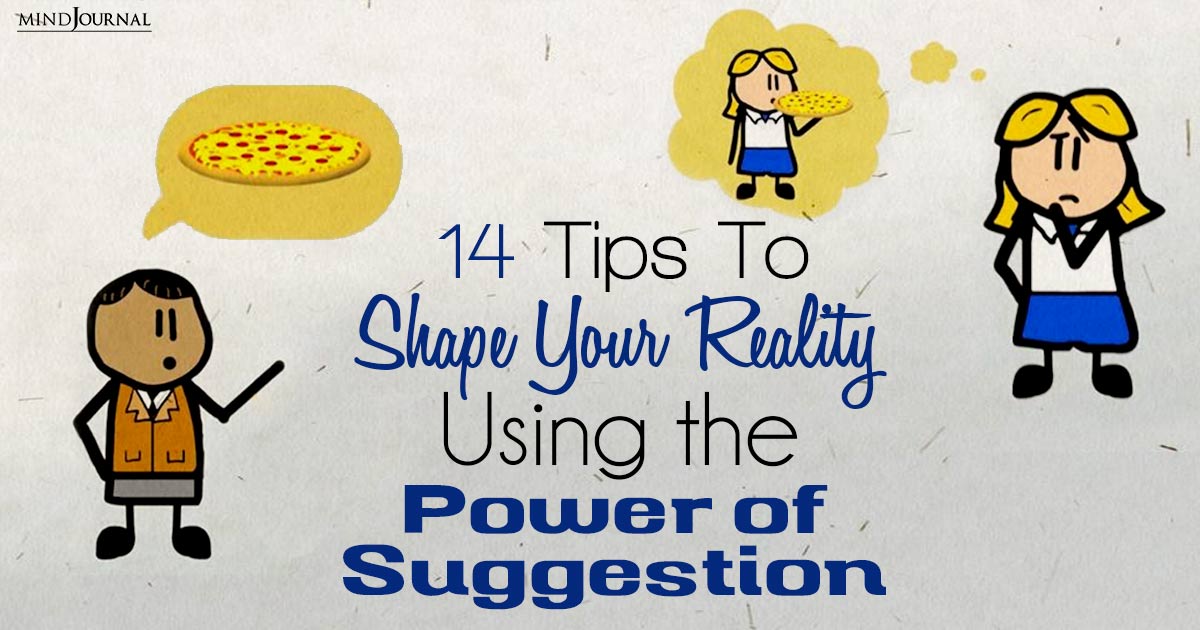

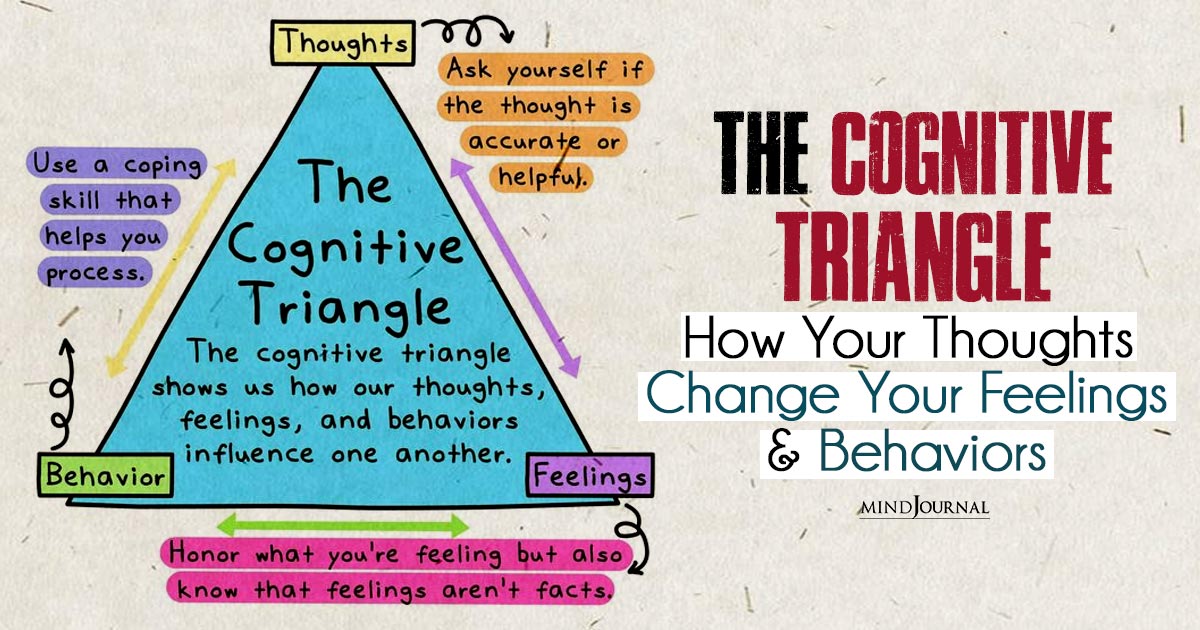
Leave a Reply
You must be logged in to post a comment.